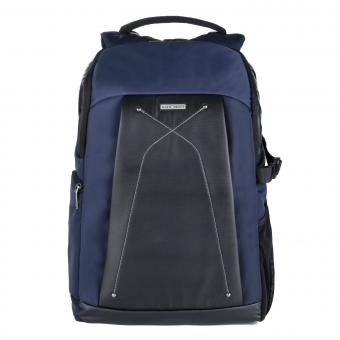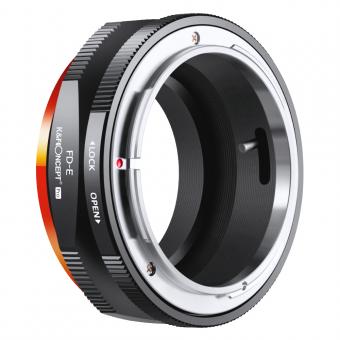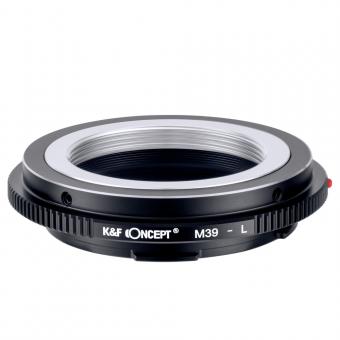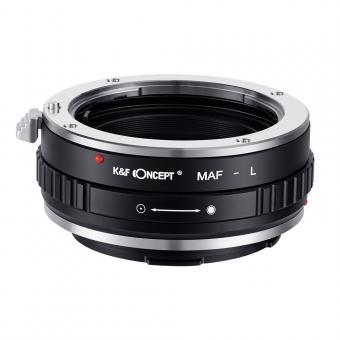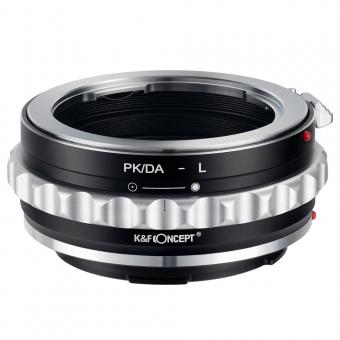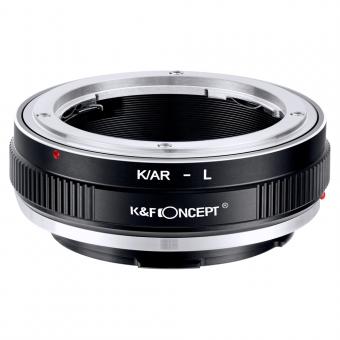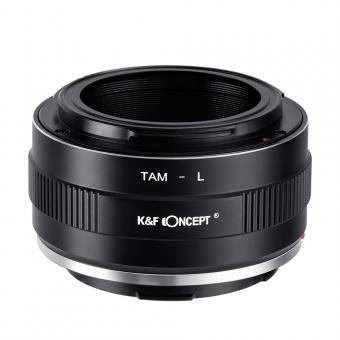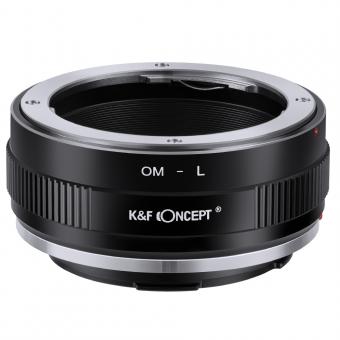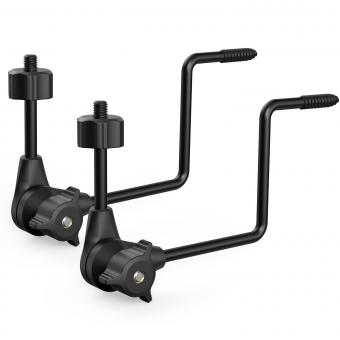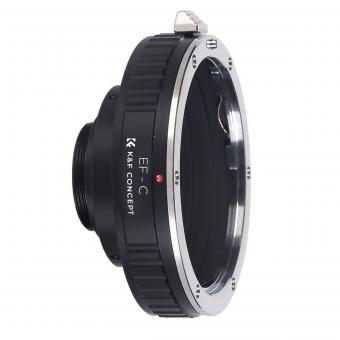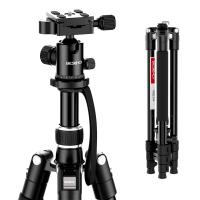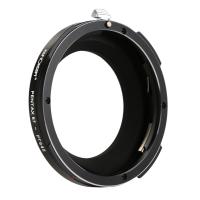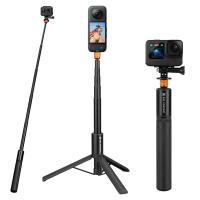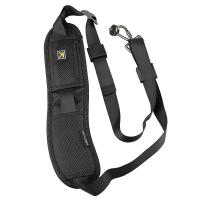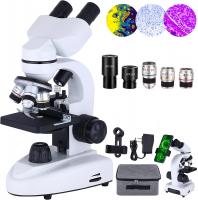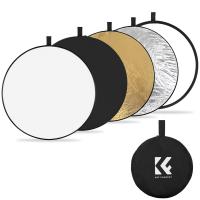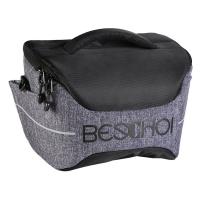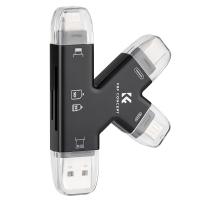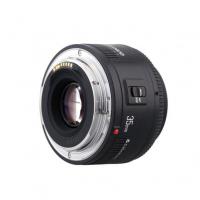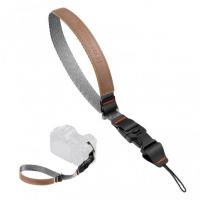Where To Mount Cameras On House?
When it comes to home security, one of the most effective measures you can take is installing security cameras. However, the effectiveness of these cameras largely depends on their placement. Knowing where to mount cameras on your house can make a significant difference in deterring potential intruders and ensuring comprehensive surveillance coverage. In this article, we will explore the best locations to mount security cameras on your house, the rationale behind these choices, and practical tips for installation.
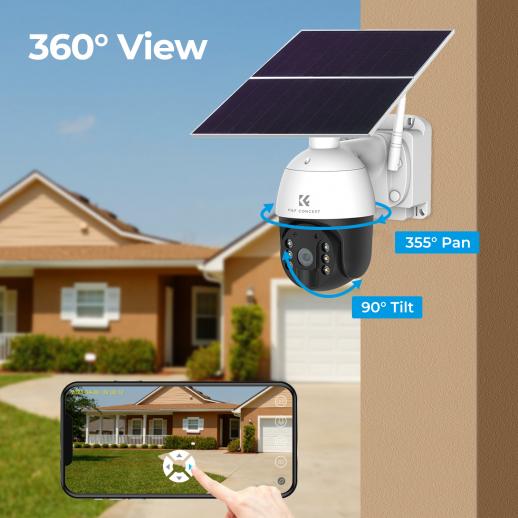
Front Door
Why It’s Important:
The front door is the primary entry point for most homes, and it’s also the most common entry point for burglars. According to statistics, around 34% of burglars enter through the front door. Therefore, having a camera here is crucial.
Placement Tips:
- Height: Mount the camera at a height of about 7-8 feet. This height is optimal for capturing clear facial features without being easily tampered with.
- Angle: Position the camera to cover the entire front porch area, including any steps leading up to the door. Ensure it captures anyone approaching the door directly.
- Weather Protection: Use a weatherproof camera or install a protective cover to shield the camera from the elements.
Back Door
Why It’s Important:
The back door is the second most common entry point for burglars. It’s often less visible from the street, making it a more attractive option for intruders.
Placement Tips:
- Height: Similar to the front door, mount the camera at a height of 7-8 feet.
- Angle: Ensure the camera covers the entire back entrance and any pathways leading to it.
- Lighting: Install motion-activated lights to enhance the camera’s visibility at night.
Garage and Driveway
Why It’s Important:
Garages and driveways are common targets for thieves looking to steal vehicles, tools, or other valuable items. Monitoring these areas can help prevent such thefts.
Placement Tips:
- Height: Mount the camera high enough to capture the entire driveway and garage entrance, typically around 8-10 feet.
- Angle: Position the camera to cover the driveway, garage door, and any side entrances to the garage.
- Coverage: Consider using multiple cameras if the driveway is long or has multiple access points.
Side Gates and Windows
Why It’s Important:
Side gates and windows are potential entry points that burglars might exploit, especially if they are hidden from view.
Placement Tips:
- Height: Mount cameras at a height that captures anyone attempting to climb over the gate or access the windows, usually around 7-8 feet.
- Angle: Ensure the camera covers the entire side area, including any gates, windows, and pathways.
- Visibility: Make sure the camera is visible to deter potential intruders.
Backyard
Why It’s Important:
The backyard is often overlooked but can be a vulnerable area, especially if it’s secluded or has easy access points.
Placement Tips:
- Height: Mount the camera at a height of 8-10 feet to cover a wide area.
- Angle: Position the camera to cover the entire backyard, including any entrances, patios, or sheds.
- Lighting: Use motion-activated lights to improve visibility at night.
Common Areas Inside the Home
Why It’s Important:
While outdoor cameras are essential, having cameras inside the home can provide an additional layer of security. Common areas like living rooms, hallways, and staircases are strategic locations.
Placement Tips:
- Height: Mount cameras at a height that captures the entire room or hallway, typically around 7-8 feet.
- Angle: Ensure the camera covers all entry points to the room, including doors and windows.
- Privacy: Be mindful of privacy concerns and avoid placing cameras in private areas like bedrooms and bathrooms.
Practical Installation Tips
Wiring and Connectivity:
- Wired vs. Wireless: Decide whether you want wired or wireless cameras. Wired cameras offer more reliable connections but require more extensive installation. Wireless cameras are easier to install but may require regular battery changes.
- Power Supply: Ensure that each camera has a reliable power source. For wired cameras, this means running cables to a power outlet. For wireless cameras, this means ensuring the batteries are charged or using solar-powered options.
- Internet Connection: Ensure that your cameras have a strong internet connection for real-time monitoring and alerts. This may require placing Wi-Fi extenders in strategic locations.
Legal Considerations:
- Privacy Laws: Be aware of local privacy laws regarding surveillance. Avoid placing cameras in areas where there is an expectation of privacy, such as neighbors’ yards or inside private rooms.
- Signage: Consider placing signs indicating that the property is under surveillance. This can act as a deterrent to potential intruders.
Maintenance:
- Regular Checks: Regularly check the cameras to ensure they are functioning correctly. This includes cleaning the lenses, checking the power supply, and ensuring the internet connection is stable.
- Software Updates: Keep the camera software up to date to ensure you have the latest security features and bug fixes.
Mounting security cameras on your house is a crucial step in enhancing your home’s security. By strategically placing cameras at key entry points such as the front door, back door, garage, and side gates, you can significantly deter potential intruders and ensure comprehensive surveillance coverage. Additionally, considering practical installation tips and legal considerations will help you maximize the effectiveness of your security system. With the right camera placement and maintenance, you can enjoy peace of mind knowing that your home is well-protected.

